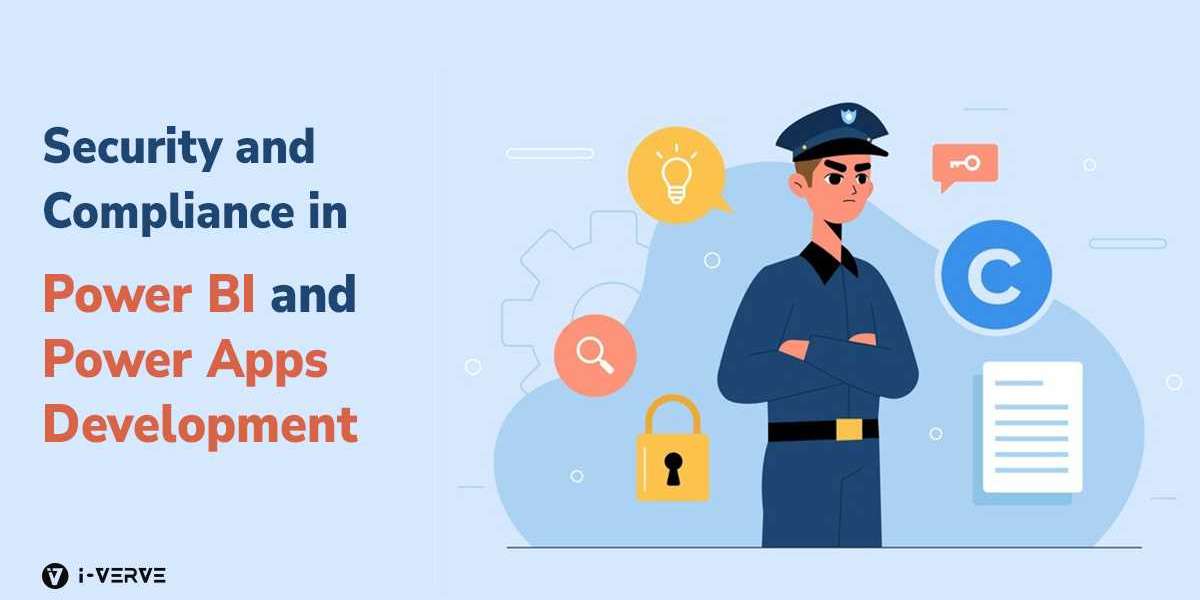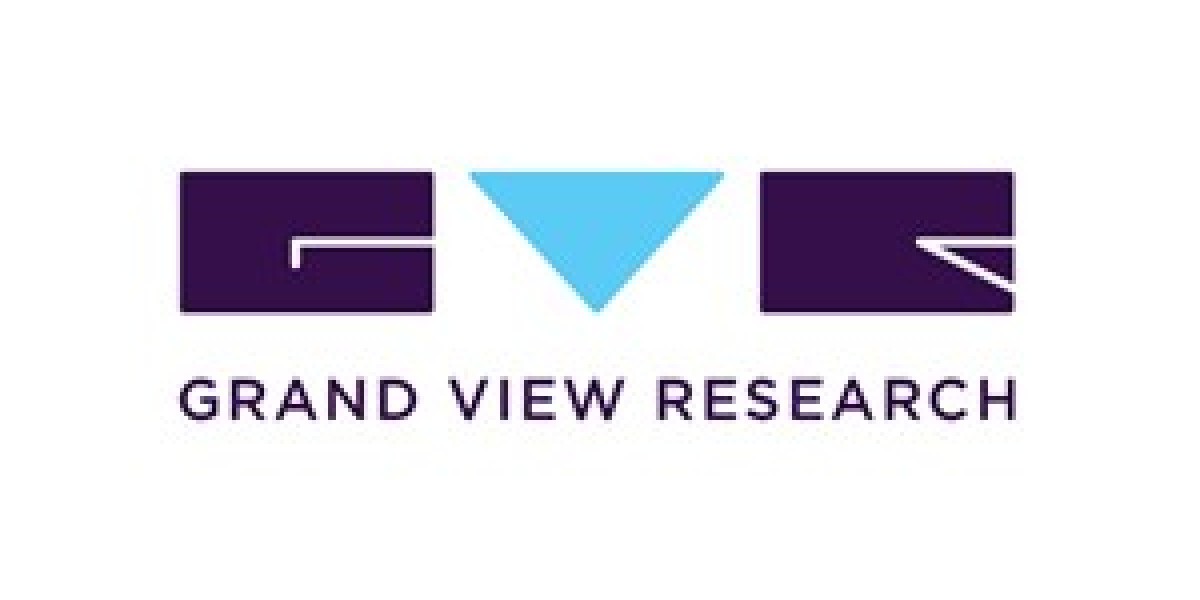Introduction
In the dynamic landscape of data-driven applications, prioritizing security and compliance is paramount. This blog explores the critical aspects of ensuring robust security and compliance within Power BI and Power Apps development.
Importance of Security and Compliance
In today's data-driven landscape, the "Importance of Security and Compliance" in Power BI and Power Apps development is paramount. Ensuring the confidentiality, integrity, and availability of data is not just a good practice but a fundamental requirement. This section explores why businesses must prioritize these considerations, emphasizing the trust placed in them and the critical need to handle sensitive information responsibly. As companies navigate the complexities of data management, security and compliance emerge as foundational pillars for ethical and successful operations.
Addressing Regulatory Requirements
It entails comprehension and adherence to legal standards and obligations concerning data security and privacy. It includes regulations like GDPR, emphasizing the necessity for organizations to align practices with these requirements for lawful and ethical data handling.
Objectives of the Blog
This blog aims to provide comprehensive insights into security and compliance considerations in Power BI and Power Apps development. From fundamental data security principles to future trends, we explore various aspects that contribute to creating secure and compliant applications.
Understanding Security in Power BI and Power Apps
Security forms the bedrock of trustworthy applications. It includes insights into how these platforms verify the identity of users and determine their access rights. It may discuss the importance of implementing multi-factor authentication and role-based access control to enhance security. Understanding the intricacies of user authentication and authorization is crucial for businesses to fortify their data against unauthorized access and ensure compliance with security best practices.
Data Security Fundamentals
Data Security Fundamentals in the context of Power BI and Power Apps Development encompass the foundational principles and practices employed to safeguard sensitive information. It includes strategies for securing data at rest and in transit, implementing encryption protocols, ensuring data integrity, and following best practices for secure data handling. Understanding these fundamentals is crucial for developers to build robust, secure solutions and comply with data protection standards and regulations.
User Authentication and Authorization
Authentication and authorization are vital in Power BI and Power Apps Development, ensuring secure access. Authentication verifies user identity, while authorization grants or denies access based on permissions. Robust mechanisms for both are crucial, safeguarding sensitive information, preventing unauthorized access, and ensuring compliance with security standards.
Compliance Considerations
Authentication and authorization in Power BI and Power Apps Development are crucial for secure access. Authentication verifies user identity and authorization controls access based on permissions, safeguarding sensitive data, preventing unauthorized entry, and ensuring compliance with security standards.
Regulatory Compliance Overview
In Power BI and Power Apps Development, understanding regulatory compliance is crucial. It involves navigating frameworks like GDPR and HIPAA, aligning development practices with legal standards for data security, user privacy, and overall adherence to industry-specific regulations, and ensuring a compliant and trustworthy development environment.
GDPR and Data Protection
Enforced in 2018, the General Data Protection Regulation (GDPR) safeguards data privacy in the EU and EEA. It mandates lawful processing, empowers individuals with rights, enforces data breach notifications, and imposes fines for non-compliance.
Secure Development Practices
Secure Development Practices encompass methodologies and guidelines aimed at building robust, secure software. This approach involves integrating security measures throughout the software development lifecycle.
Secure Coding Standards
Secure coding standards are essential guidelines for developers, ensuring robust software security. They encompass input validation, output encoding, authentication, encryption, and more. Adherence to these standards minimizes vulnerabilities, providing a proactive defense against cyber threats. Continuous awareness, code reviews, and incident response planning contribute to an effective security posture.
Role of DevOps in Security
DevOps plays a pivotal role in security by integrating security practices into the entire software development lifecycle. It emphasizes collaboration between development and operations teams, automates security testing, and ensures continuous monitoring. This proactive approach enhances overall system resilience and mitigates security risks effectively.
Power BI and Power Apps Security Features
Both Power BI and Power Apps offer built-in security features. This section provides an in-depth exploration of these features, highlighting how organizations can leverage them for enhanced security.
Power BI Security Features
Microsoft's Power BI, a business analytics tool, prioritizes data security with features like row-level security, Multi-Factor Authentication, and data encryption. Integration with Azure Active Directory ensures secure authentication, while fine-grained access controls, audit logs, and usage metrics enhance transparency and compliance, creating a safe environment for business insights.
Power Apps Security Features
In the realm of Power Apps development, prioritizing security and compliance is of utmost importance. As part of Microsoft's Power Platform, Power Apps prioritizes safety with features like RBAC, DLP policies, and encryption. Integrated with Azure Active Directory, it ensures secure authentication. Auditing capabilities and role-based security in the Common Data Service enhance data governance, creating a secure foundation for custom application development and deployment.
Implementing Role-Based Access Control (RBAC)
Role-Based Access Control (RBAC) is a cornerstone of access management. This section outlines best practices for implementing RBAC and effectively managing user permissions.
RBAC Best Practices
RBAC's best practices include:
- Implementing the principle of least privilege.
- Defining clear roles.
- Conducting regular audits.
- Employing a hierarchical structure.
- Integrating automated provisioning.
Separation of duties, user training, and application-level RBAC enhance security. Monitoring, regular reviews, and comprehensive documentation further fortify access control, reducing risks and ensuring efficiency.
Managing User Permissions
Managing user permissions involves assigning the minimum access necessary, defining clear roles, and conducting regular audits. Implementing the principle of least privilege, separation of duties, and automated provisioning ensures efficient access control. Continuous monitoring and documentation further strengthen security by reducing risks and aligning permissions with organizational needs.
Data Encryption and Masking
Encrypting data and implementing masking techniques are essential for safeguarding sensitive information. This section explores encryption protocols and data masking techniques.
Encryption Protocols
Encryption protocols secure data during transmission or storage. Standard protocols include SSL/TLS for web traffic, ensuring confidentiality and integrity. IPsec safeguards network communication, while PGP provides email encryption. Each protocol employs cryptographic techniques to protect sensitive information, mitigating the risk of unauthorized access and data breaches.
Data Masking Techniques
Data masking techniques protect sensitive information by concealing or replacing characters. Standard methods include pseudonymization, tokenization, and encryption.
Auditing and Monitoring
Continuous auditing and monitoring are essential for detecting and responding to security incidents. This section emphasizes the importance of auditing and explores tools and practices for effective monitoring.
Importance of Auditing
Auditing is crucial for organizations to ensure accountability, transparency, and compliance. It provides a detailed record of user activities, system changes, and security events. Audits help identify anomalies, enforce policies, and strengthen overall security measures, aiding in risk management and maintaining the integrity of systems and data.
Monitoring Tools and Practices
Utilizing monitoring tools and practices is vital for maintaining optimal system performance and security. These tools offer real-time insights into network activity, resource utilization, and potential threats. Implementing robust procedures, such as regular reviews and automated alerts, ensures proactive response to issues, minimizing downtime, and enhancing overall system reliability.
Training and Awareness
Employee training programs and building a security-aware culture are crucial for maintaining a secure development environment. This section explores strategies for fostering a security-conscious workforce.
Employee Training Programs
Employee training programs are pivotal for professional development, skill enhancement, and organizational growth. These initiatives provide employees with updated knowledge and expertise, boosting job satisfaction and productivity. By fostering a culture of continuous learning, organizations ensure their workforce stays agile, adaptable, and aligned with industry trends and best practices.
Building a Security-Aware Culture
Building a security-aware culture involves:
- Fostering employee awareness.
- Providing training on cybersecurity best practices.
- Encouraging a proactive approach to identifying and mitigating security risks within the organization.
Future Trends in Security and Compliance
As technology evolves, so do security standards. This section explores emerging trends in security, and proactive measures organizations can take to prepare for future compliance requirements.
Evolving Security Standards
Evolving security standards reflect ongoing efforts to address emerging threats and technological advancements. Regular updates and revisions ensure that standards remain effective in safeguarding systems and data against changing risks.
Proactive Measures for Future Compliance
Proactive measures for future compliance involve staying informed about regulatory changes, conducting regular internal audits, and implementing continuous improvement strategies. It ensures readiness for evolving compliance requirements and minimizes potential risks.
Conclusion
In conclusion, prioritizing security and compliance in Power BI and Power Apps development, including Power App development services, is paramount. Adhering to best practices, implementing robust measures, and fostering a culture of vigilance ensures data integrity, user privacy, and regulatory adherence. This commitment safeguards organizations against risks, enhances trust, and ultimately contributes to the success of Power BI and Power Apps initiatives.



